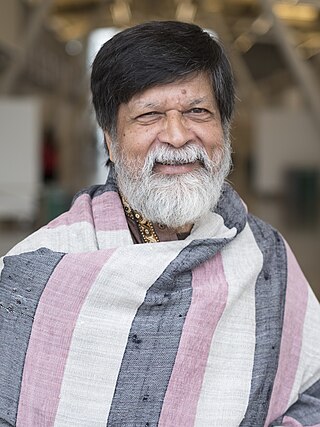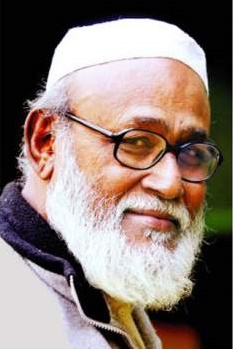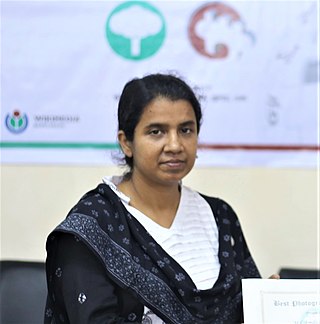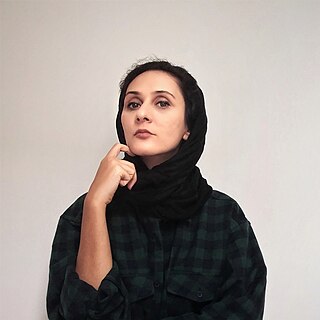World Press Photo Foundation is an independent, non-profit organization based in Amsterdam, Netherlands. Founded in 1955, the organization holds the annual World Press Photo Contest for press photography. Since 2011, World Press Photo has organized a separate annual contest for journalistic multimedia productions, and, in association with Human Rights Watch, the annual Tim Hetherington Grant.

Dr Shahidul Alam is a Bangladeshi media institution builder, a photojournalist, public speaker, storyteller, writer, blogger, curator, and educationist.
Chobi Mela is a biennial international festival of photography held in Dhaka, Bangladesh. It is the largest festival of photography held in Asia.

Drik Picture Library is a photography agency and picture library based in Dhaka, Bangladesh.
Adam Ferguson is an Australian freelance photographer who lives in New York City. His commissioned work has appeared in New York, Time, Vanity Fair, The New York Times Magazine, The New York Times, The New Yorker, Wired, and National Geographic, among others. Ferguson's work focuses on conflict and on civilians caught amidst geopolitical forces. His portraits of various head's of state have appeared on numerous Time covers.

Dewi Lewis is a Welsh publisher and curator of photography.
Munem Wasif is a photographer from Bangladesh.

Rashid Talukder was a Bangladeshi photojournalist for The Daily Ittefaq, most known for capturing some of the defining images of the genocide during the Bangladesh Liberation War of 1971.
GMB Akash is a Bangladeshi documentary photographer.
Andrew Biraj is a Bangladeshi photojournalist.
Bijon Sarkar was a Bangladeshi photographer.
Muhammed Muheisen is a two-time Pulitzer Prize winning photographer and the recipient of numerous international awards. He is a National Geographic photographer and the founder of the Dutch non-profit organization Everyday Refugees Foundation.
Jesse Marlow (1978) is an Australian street photographer, editorial and commercial photographer who lives and works in Melbourne.
Sebastián Liste is a documentary photographer and sociologist whose work is focused in documenting the profound cultural changes and contemporary issues in Latin America and the Mediterranean area. He is a member of NOOR photo agency, a cooperative photojournalist agency located in the Netherlands.

Taslima Akhter is a Bangladeshi activist and photographer. She is a graduate of Dhaka University, as well as the photography school Pathshala. She is a member of several activist organizations. While documenting the Rana Plaza collapse in 2013, she took a photograph of a woman and a man who had died in each other's arms, which became emblematic of the incident.

Hasan Saifuddin Chandan is a Bangladeshi street photographer. He has been working with different concerns in Bangladesh since 1985. He is a member of the MAP Photo Agency. He has received more than 100 awards. He is also teaching photography in BUET Architect Department. He is the first FIAP Gold Medalist of Bangladesh.

Fatemeh Behboudi is an Iranian photojournalist and documentary photographer. She was awarded a World Press Photo award in 2015, a Pictures of the Year International award in 2014, and she is a member of Women Photograph. Fatemeh is the first Iranian woman photographer who won the World Press Photo Award 2015. She is best known for her projects "Mothers of Patience", "The War is Still Alive" "Life After shock" and "One Moment".
Katrin Koenning is a German-born Australian photographer and videographer whose work has been exhibited and published since 2007.

Dolorès Marat is a French photographer.









